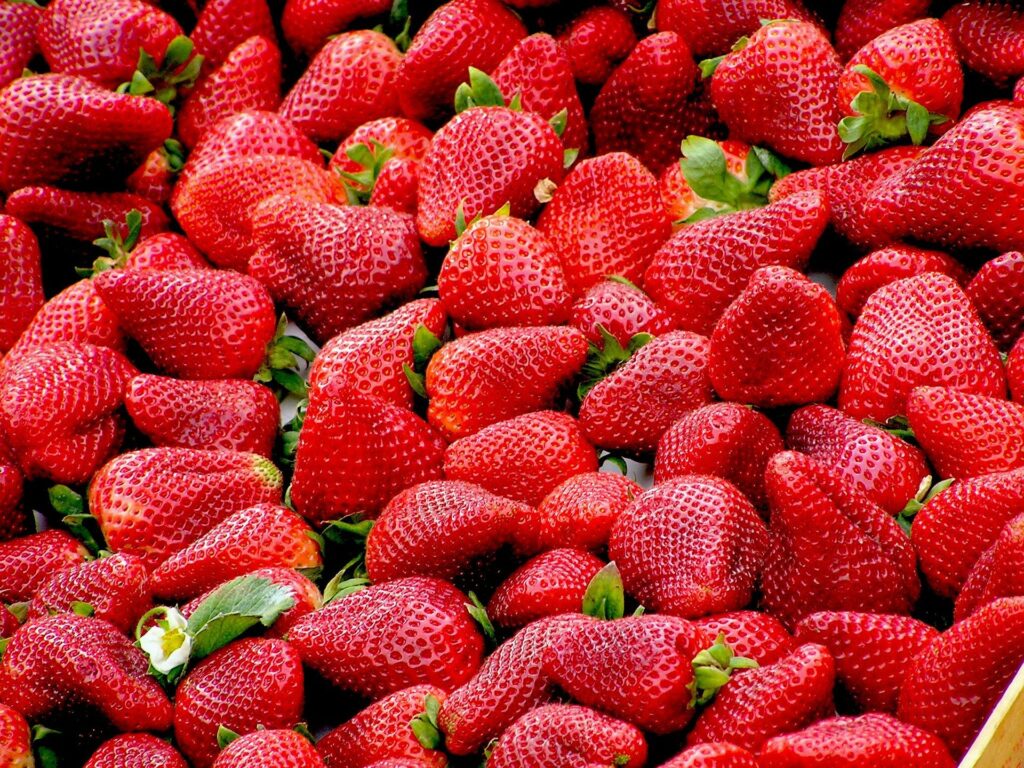 Analysis of the quality and nutritional value of functional strawberry marmalade enriched with Chia seeds.
Analysis of the quality and nutritional value of functional strawberry marmalade enriched with Chia seeds.
The aim of a recent study conducted by a group of Turkish researchers ((Özbek et al., 2020), was to develop and characterise functional jams obtained using strawberries and Chia seeds (Salvia hispanica L.). In particular, during the first step of the test, basic formulations were prepared by varying the contents in sorbitol, isomalt and stevia. In addition, a sample containing sucrose was used as control specimen.
The results of a sensory analysis showed good acceptability for the product containing sorbitol. Therefore, in the second step of the trial, two different jams were prepared containing, next to sorbitol, 2.5 and 5% (by weight) of Chia seeds, while the content of strawberries remained unchanged. According to sensory panels, the product with a 5% content showed the highest acceptance level.
It was observed that the presence of Chia seeds and sorbitol increased the phenolic content by 15.45% and the dietary fiber content by 168% and decreased the caloric value by 48% compared to the conventional product. The new formulation is characterised by 1.5% of omega-3 fatty acid.
The viscosity of Chia-added samples was found to be slightly higher than the viscosity of control jam, even though there was no distinct difference between the two samples. In conclusion, the authors argue that the use of sorbitol and Chia allows the development of strawberry jams with quality characteristics similar to those of the traditional product, but with superior health properties.
Effect of soluble solids and high pressure treatments on the quality of mashed mango
In a recent study, conducted by a group of Canadian researchers (Ramaswamy & Gundurao, 2019), were evaluated the effects of high pressure treatments on the rheological properties of mashed mango enriched with whey proteins. In the first part of the trial, the soluble solids content was lowered from the original value of 28° Brix to 26, 23, and 20° Brix by adding distilled water. Each sample was supplemented with different amounts of proteins, in the range between 2 and 8%.
The results show that the high pressure treatment (at 425-575 MPa for 6 minutes) resulted in a progressive increase of the elastic (G’) and viscous modulii (G’’), as well as of the purée viscosity. Values of G’ were higher than G”, demonstrating that the product behaved more like a gel. In the second part of the trial, additional tests were carried out by simultaneously varying protein and soluble solids contents, and keeping the total solids at 28%.
The effects of the high pressure treatment were similar to previous results. The positive effect of higher protein were cancelled by the negative effects of lower soluble solids, compromising the rheological quality of the product. Finally, it was observed that the samples supplemented with 2 and 5% protein and treated at 500 MPa for 3 minutes have good sensory qualities and a higher protein content compared to the conventional product.
References: Özbek et al., Journal of Food Quality, 2019, 1–8; H.S. Ramaswamy & A. Gundurao, Foods, 8, 2019, 1–13



